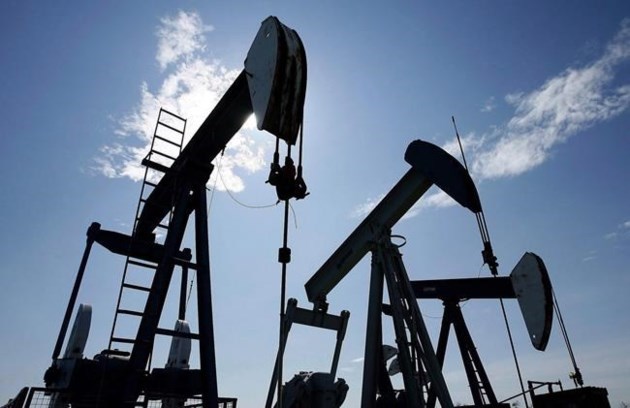The province has launched what it’s calling a “first-of-its-kind effort” to restore oil and gas legacy sites across northeast B.C.
The Petroleum and Natural Gas Legacy Sites Restoration program is a collaboration between the provincial government, the federal government, Indigenous communities and a consortium of industry members, the Ministry of Energy said Wednesday.
"This new program is one of three aimed at cleaning up the environment by restoring lands impacted by the oil and gas sector in northeastern B.C.," said Energy Minister Bruce Ralston. "Our $6.5-million investment with our partners will put British Columbians back to work, clean up our environment and advance reconciliation."
A legacy site is an area of land disturbance, such as a seismic cut line, the province said, and which leaves long-lasting effects on traditional land uses by First Nations and on wildlife habitat.
“Historically, all vegetation on these sites was removed to allow for the movement of large vehicles and equipment. These sites were created at a time when restoration or reclamation was not required to meet today's higher standards,” the province said. “Historical oil and gas development has had a variety of impacts on the regional environment as well as the people and wildlife that rely on it.”
Legacy site restoration includes soil and vegetation replacement, providing wildlife such as caribou with a suitable habitat to raise their offspring, the province said.
Of about 25,000 oil and gas well sites in B.C., approximately 770 are considered orphan. In addition, there are more than 8,500 dormant well sites in B.C.
The province says the number of legacy sites will be determined with the help of affected First Nations communities.
The province said it signed the Petroleum and Natural Gas Restoration Memorandum of Understanding (MOU) with the oil and gas sector in 2020, to collaborate on planning and jointly funding projects designed to restore and reclaim legacy disturbances.
"Canada's oil and natural gas industry is the country's leading investor in clean technology and innovation, and we welcome this funding to the Legacy Sites Restoration program as it complements our commitment to minimize land impacts," said Brad Herald, vice-president, Western Canada operations, for the Canadian Association of Petroleum Producers.
"This program represents a positive extension to the ongoing partnership with government, Indigenous peoples and communities, and will help advance reconciliation while creating jobs as we move into recovery."
The province and MOU signatories initially contributed $1.5 million to implement the program. The province says it allocated an extra $5 million to restore legacy sites from the $120 million provided by the federal government last spring to clean up oil and gas sites.
The province says implementation of the MOU will be overseen by a restoration management committee, and will provide opportunities for First Nation communities, service contractors, and other stakeholders in B.C. to apply for funding to support restoration and reclamation activities.
Email Managing Editor Matt Preprost at [email protected].


